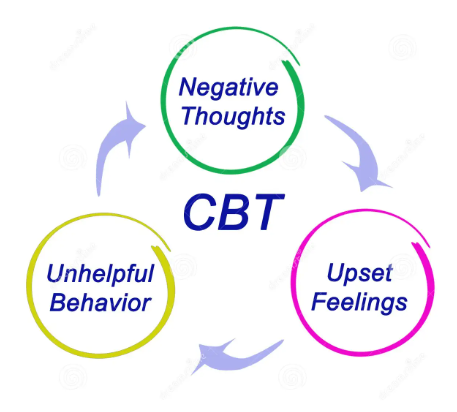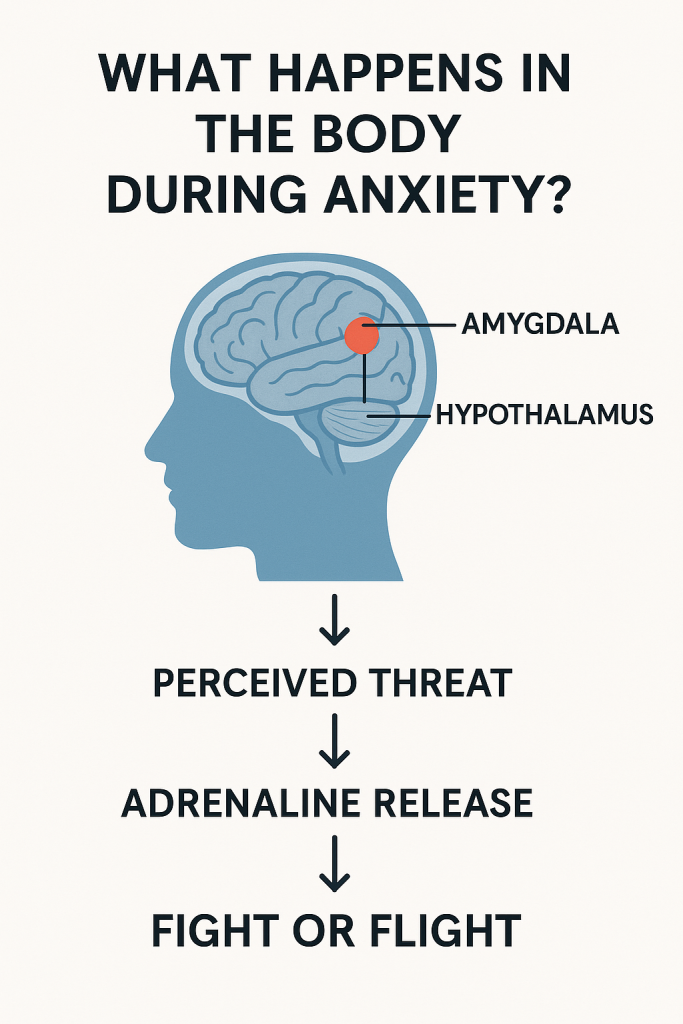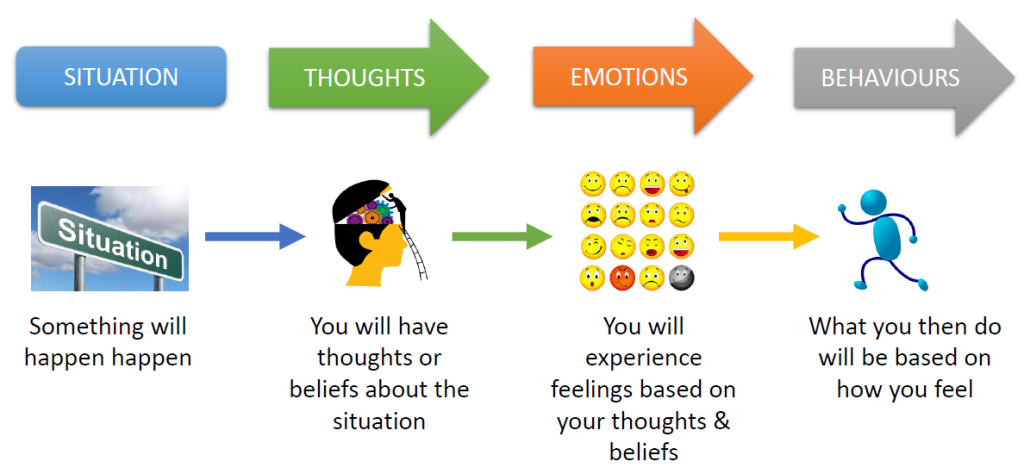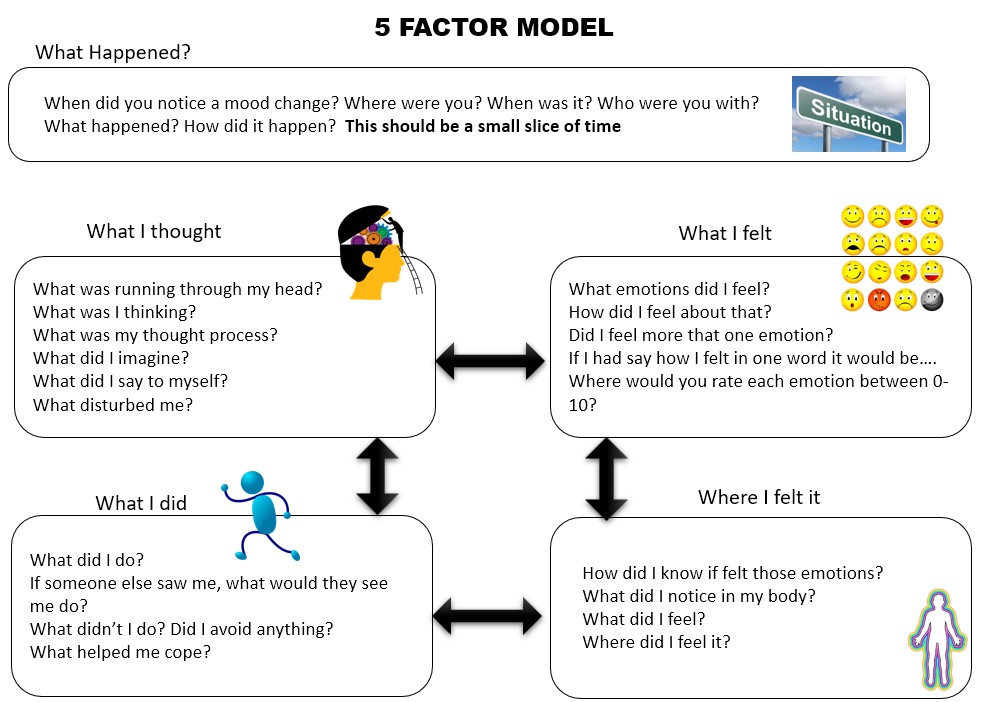Author: dawn_mcguire@live.co.uk
Self Esteem & The Inner Critic

Understanding Self-Esteem: What It Is and Why It Matters
Self-esteem is the way we perceive and value ourselves. It shapes how we interact with the world, our confidence in our abilities, and our overall sense of worth. When we have healthy self-esteem, we feel comfortable in our own skin, recognize our strengths, and approach life with a positive outlook. This foundation of self-acceptance allows us to navigate challenges, build fulfilling relationships, and pursue our goals with determination.
What Is Low Self-Esteem?
Low self-esteem, on the other hand, is characterized by a persistent feeling of inadequacy and self-doubt. Individuals with low self-esteem often struggle to see their worth and may be overly critical of themselves. They might dwell on their perceived flaws, minimize their achievements, and feel unworthy of love or success. This negative self-perception can become deeply ingrained, affecting nearly every aspect of their lives.
How Is Low Self-Esteem Formed?
Low self-esteem doesn’t develop overnight; it’s often the result of various factors accumulated over time. Some common contributors include:
- Early Experiences: Negative childhood experiences, such as criticism, neglect, or bullying, can plant the seeds of low self-esteem. When children are repeatedly told they are not good enough, they may internalize these messages and carry them into adulthood.
- Social Comparisons: In today’s world, where social media often presents idealized versions of reality, it’s easy to compare oneself unfavourably to others. Constantly measuring oneself against others’ successes or appearances can lead to feelings of inferiority.
- Critical Upbringing: Growing up in an environment where criticism is more common than praise can also contribute to low self-esteem. If one’s accomplishments are frequently downplayed or mistakes are harshly judged, it becomes difficult to develop a positive self-image.
- Trauma or Abuse: Traumatic experiences, including physical or emotional abuse, can severely damage self-esteem. Survivors of trauma may struggle with feelings of shame, guilt, and worthlessness long after the event.
What Does Low Self-Esteem Look and Sound Like?
Low self-esteem can manifest in various ways, both in how we behave and in the thoughts that occupy our minds. Some common signs include:
- Negative Self-Talk: Individuals with low self-esteem often engage in harsh self-criticism. They might think thoughts like, “I’m not good enough,” “I’ll never succeed,” or “I’m a failure.” This inner dialogue reinforces their low opinion of themselves.
- Avoidance of Challenges: A person with low self-esteem might avoid new experiences or challenges due to a fear of failure. They may doubt their ability to succeed and therefore shy away from situations that could test their skills.
- People-Pleasing: To gain approval or avoid rejection, someone with low self-esteem might go out of their way to please others, even at their own expense. They may struggle to say no or set boundaries, fearing that they aren’t worthy of others’ respect or care.
- Overemphasis on Perceived Flaws: Whether it’s their appearance, abilities, or personality, people with low self-esteem tend to focus excessively on what they see as their shortcomings. They often magnify these flaws in their minds, overlooking their strengths and positive qualities.
The Impact of Low Self-Esteem
The effects of low self-esteem can be far-reaching and deeply damaging. It can lead to anxiety, depression, and other mental health issues. Relationships may suffer, as the person may either become overly dependent on others for validation or withdraw due to feelings of unworthiness. Career opportunities might be missed due to a lack of confidence or fear of failure. In extreme cases, low self-esteem can even lead to self-destructive behaviours.
The Critical Inner Voice
Low self-esteem is often accompanied by a persistent and harsh inner dialogue, known as the critical inner voice. This voice is the internal critic that constantly undermines our self-worth, echoing negative thoughts and beliefs about ourselves. The critical inner voice feeds off our insecurities, making it difficult to break free from the cycle of low self-esteem.
Understanding and addressing this critical inner voice is crucial in the journey to improving self-esteem. By learning to recognise and challenge this inner critic, we can begin to rebuild a healthier, more positive self-image.
How to Use the Poisonous Parrot Tool
- Identify the Voice: Begin by paying attention to when the critical inner voice appears. What does it say? How does it make you feel? Write down specific examples of the negative thoughts that arise.
- Visualise the Parrot: Imagine these negative thoughts coming from a parrot on your shoulder. Picture the parrot vividly, perhaps as an unappealing or annoying bird that you wouldn’t want to listen to.
- Challenge the Parrot: Once you’ve externalised the voice, challenge it. Ask yourself, “Is this thought really true?” or “Would I let a friend say this to me?” Often, you’ll find that the parrot’s comments are exaggerated or baseless.
- Replace the Voice: Now that you’ve recognised the parrot’s negativity and challenged its statements, consciously replace those thoughts with more balanced, realistic ones. For example, if the parrot says, “You’ll never succeed,” counter it with, “I have the ability to succeed, and I’m making progress every day.”
- Dismiss the Parrot: Finally, practice dismissing the parrot. Acknowledge that this voice exists but refuse to let it dictate your feelings or actions. You might imagine the parrot flying away, leaving you with a quieter, more supportive inner dialogue.
Personalising the Process
While the Poisonous Parrot is a useful tool for many, it’s important to personalize this process. If the idea of a parrot doesn’t resonate with you, feel free to create your own metaphor for the critical inner voice. Some people find it helpful to imagine the voice as a stern teacher, a persistent bully, or even a faulty record that keeps playing the same negative tune. The key is to externalize the voice in a way that allows you to challenge and change it.
By addressing and overcoming the critical inner voice, you can take meaningful steps toward building healthier self-esteem and a more positive self-image.
Unhelpful Thinking Styles

What are Unhelpful Thinking Styles?
Unhelpful Thinking Styles are habits we have gotten into with our thoughts. These patterns can lead to interpretations of events that may be biased, potentially affecting our emotions and behaviour in ways that could be negative. Exploring unhelpful thinking styles sheds light on patterns that influence our mental well-being. These ingrained ways of thinking can significantly shape how we interpret our experiences and interact with the world around us. Recognizing and addressing these patterns is essential for fostering healthier cognitive habits.
How are they formed?
Unhelpful thinking styles typically develop through various factors such as upbringing, personal experiences, and cultural influences. Initially, these patterns may serve as adaptive responses to challenges, helping us cope with difficult situations. However, when they become rigid or overly negative, they can contribute to ongoing emotional distress and hinder personal growth.
What are the most common Unhelpful Thinking Styles?
Among the commonly recognized unhelpful thinking styles are:
- All-or-Nothing Thinking: Seeing situations in extreme terms, without acknowledging shades of grey or middle ground.
- Overgeneralization: Drawing sweeping conclusions based on limited evidence or single incidents.
- Catastrophizing: Magnifying the importance or impact of a situation, often anticipating the worst possible outcome.
- Mind Reading: Assuming we know what others are thinking or feeling, usually jumping to negative conclusions.
- Discounting the Positive: Minimizing or disregarding positive experiences or achievements, focusing only on negatives.
- Emotional Reasoning: Believing that our emotions alone validate the truth of a situation (“I feel it, so it must be true”).
- Should Statements: Using critical “should” or “must” statements that impose unrealistic expectations on ourselves or others.
- Labelling: Assigning global, negative labels to ourselves or others based on specific behaviours or incidents.
- Personalization: Taking excessive responsibility or blame for events that are largely beyond our control.
- Selective Attention: Focusing only on certain aspects of a situation while ignoring other relevant information.
What Impact do these have on our lives?
Unhelpful thinking styles can have significant impacts on our emotional well-being and daily functioning:
- Emotional Distress: They contribute to feelings of anxiety, depression, or anger by distorting our perception of reality and exacerbating negative emotions.
- Impaired Problem-Solving: They hinder effective decision-making and problem-solving by narrowing our focus and limiting our ability to consider alternative perspectives.
- Interpersonal Challenges: They can strain relationships by fostering misunderstandings, unrealistic expectations, or conflict.
- Self-Reinforcement: They perpetuate themselves by influencing our actions and reactions, thereby confirming our biased beliefs and reinforcing negative patterns.
Understanding and addressing unhelpful thinking styles is crucial in promoting mental resilience and well-being. By recognizing these patterns and developing strategies to challenge them, individuals can cultivate more balanced and adaptive ways of thinking. This process supports healthier emotional responses and empowers individuals to navigate life’s challenges more effectively, fostering personal growth and enhancing overall quality of life.
Unhelpful Thinking Styles Sheet: Unhelpful Thinking Styles
Why you feel the way you feel

To help explain why you feel the way you do, we will use the theory of Cognitive Behavioural Therapy (CBT) which suggests that our thoughts, feelings, and actions are all interconnected.
What we think about a situation, shapes how we feel, which in turn affects our behaviour. So, what’s going on in our heads directly impacts how we react in real life.
To help us understand this more effectively, we use a tool in CBT called the 5-Factor Model, also known as the 5 Areas Model. This model is an essential framework that helps break down situations into their component parts, allowing us to see how these parts influence each other and contribute to our overall experience.
The 5-Factor Model divides our experiences into five areas: situation, thoughts, emotions, physical reactions, and behaviours. By analysing these areas separately, we can gain a clearer understanding of how they interact and create a cycle that affects our mental health.
For example, consider someone who has to give a public presentation. The situation is that they are scheduled to present at work. Their thoughts might be, “I’m going to mess up and embarrass myself,” leading to emotions of anxiety and dread. These emotions can trigger physical reactions such as sweating, shaking, and a racing heart. Consequently, their behaviour might involve avoiding preparation, procrastinating, or rushing through the presentation.
This model not only helps in understanding current issues but also gives us a structured way to approach and manage future challenges. By breaking down situations and recognizing the links between our thoughts, emotions, physical reactions, and behaviours, we can develop more effective coping strategies and improve our overall mental health and well-being.
If you ever feel like you need a bit more support or advice, don’t hesitate to reach out to me.
DOWNLOAD A COPY OF THE WORKSHEET HERE: CBT 5 Factor Model

In our everyday lives, we come across all sorts of challenges, both big and small. These could be work-related puzzles, personal dilemmas, or ambitious goals we’re determined to reach. Problem-solving is a handy skill that helps us navigate the ups and downs of life. In this blog post, we’ll explore the five stages of problem-solving in a down-to-earth, easy-to-understand way. Knowing these stages will empower you to tackle your problems confidently and effectively.
- Get to Know the Problem: The first step in effective problem-solving is getting to know the problem intimately. This may seem obvious, but it’s a vital foundation for finding a solution. Take the time to delve deep into the problem, asking yourself questions like, “What precisely is the problem? Why does it affect me? What are the circumstances surrounding it?” The clearer your understanding of the problem, the easier it will be to solve.
- Define Your Goal: Once you’ve grasped the problem, it’s time to define your goal. What is it that you aim to achieve or change by solving this problem? Your goal is your North Star, guiding your problem-solving journey. It provides direction and purpose, helping you to stay on track.
- Identify Possible Solutions: With your problem and goal in mind, start brainstorming possible solutions. Be creative and open-minded during this stage. There are no bad ideas here; each thought is a valuable piece of the puzzle. Consider different approaches and don’t limit yourself. The more solutions you explore, the better your chances of finding the perfect one.
- Evaluate Options: Once you’ve generated a list of potential solutions, it’s time to assess them. Consider the advantages and disadvantages of each option. Think about the potential outcomes and consequences. How well does each solution align with your goal? This stage helps you identify the most promising solutions from your list.
- Create an Action Plan: Now that you’ve selected the best solution, it’s time to put it into action. An action plan outlines the steps you’ll take to implement your chosen solution. It involves setting specific, measurable, and achievable goals, along with a timeline and resources you might need. This plan will be your roadmap as you work toward solving the problem.
By understanding and practicing these five stages, you can approach your problems with confidence, resilience, and a positive outlook. And remember, it’s totally okay to ask for help or guidance from friends, family, or a therapist. Together, we can all become better problem solvers and lead more satisfying lives.
If you ever feel like you need a bit more support or advice, don’t hesitate to reach out to me.
DOWNLOAD A COPY OF THE WORKSHEET HERE: Problem Solving Worksheet


